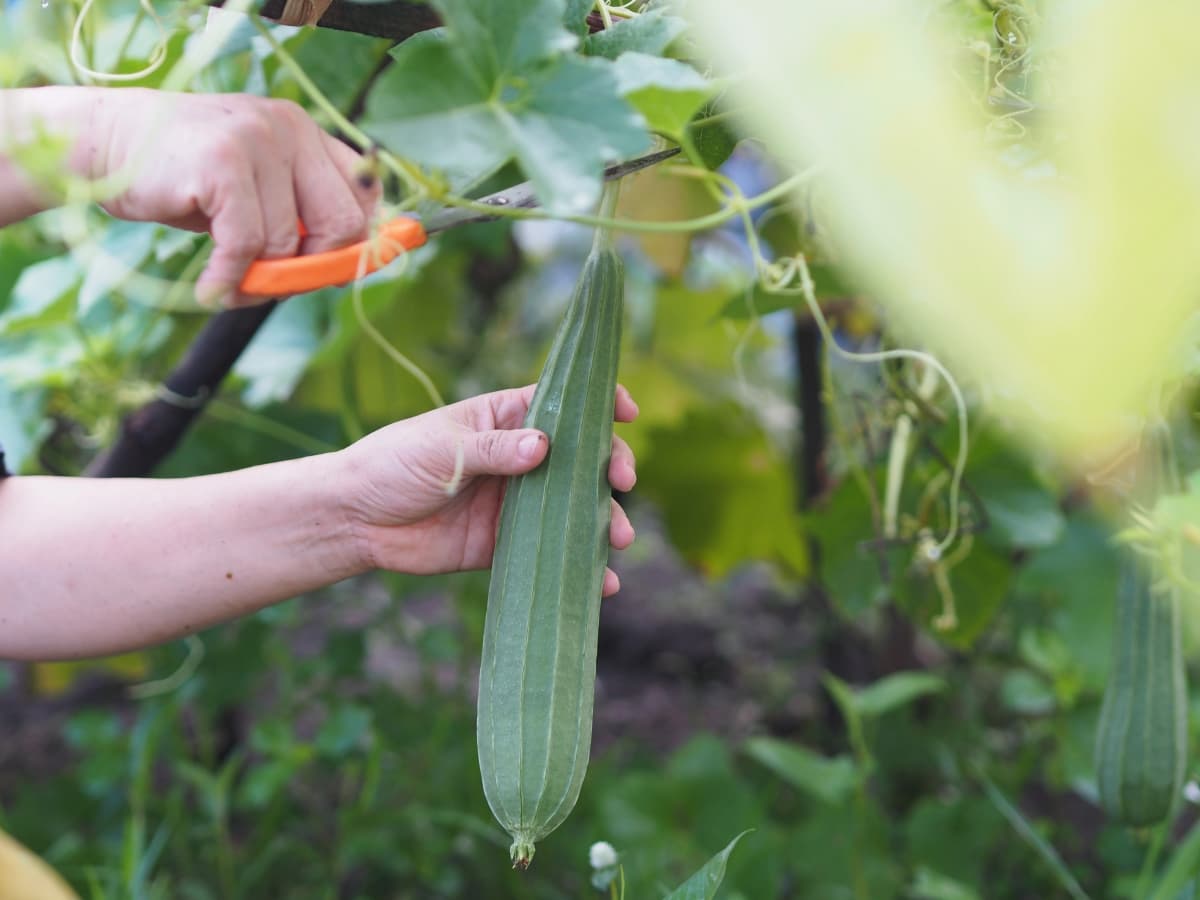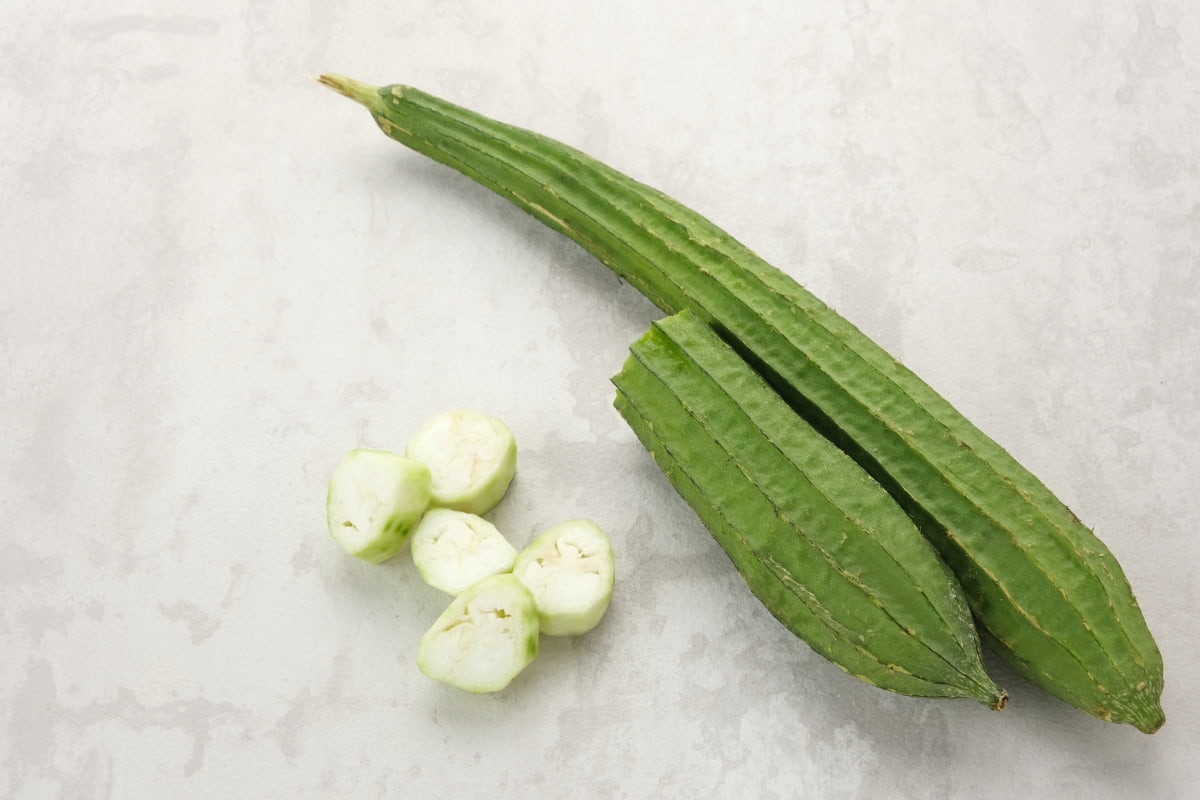Ridge gourd fruit rot, a common challenge for gardeners, can be effectively managed using natural and organic methods. This approach not only ensures healthier produce but also maintains ecological balance. By focusing on preventive measures and organic treatments, this blog will guide you through sustainable strategies to combat this issue.

Emphasizing the importance of early detection and natural remedies, we aim to provide practical, environmentally friendly solutions for maintaining healthy ridge gourd plants, thereby enhancing yield and quality.
How to Prevent Ridge Gourd Fruit Rot Naturally
What is Ridge Gourd Fruit Rot?
Ridge gourd is a popular vegetable crop in India, belonging to the cucurbit family. It is also known as turai, vodka, sponge gourd, or Chinese okra. Ridge gourd is valued for its tender and edible fruits, which are used in various dishes and have medicinal properties. However, ridge gourd is susceptible to several diseases, including fruit rot. Fruit rot is a major fungal disease that causes the fruits to decay and become unfit for consumption. The infection can affect the fruits at any stage of development but is more severe on mature fruits. The symptoms of fruit rot include:
- Brown or black spots on the fruit surface enlarge and merge to form sunken lesions.
- The soft and mushy texture of the infected fruits emits a foul odor.
- White or pink fungal growth on the lesions, especially during humid conditions.
- Premature fruit drop or shriveling of the fruits.
Causal Agent for Ridge Gourd Fruit Rot
Fruit rot is caused by various fungi, including Phytophthora capsici, Colletotrichum gloeosporioides, Pestalotia mangiferae, and Fusarium moniliform, which can survive on plant debris, soil, seeds, or infected fruits and spread through wind, rain, insects, or contaminated tools.
In case you missed it: How to Prevent Ridge Gourds from Turning Bitter in the Garden

Management Conditions for Fruit Rot in Ridge Gourd
- Select healthy and disease-free seeds for sowing. Treat the seeds with hot water (50-55°C) for 15 minutes or with a biocontrol agent such as Trichoderma harzianum before sowing.
- Avoid planting ridge gourd in the same field where cucurbits were grown previously. Rotate with non-host crops such as cereals or legumes for at least two years.
- Maintaining adequate spacing between the plants ensures good air circulation and reduces humidity. Train the vines on a trellis or a frame to keep the fruits off the ground.
- Water the plants at the base, avoid overhead irrigation. Water early in the morning to allow the leaves to dry quickly. Provide proper drainage to prevent waterlogging.
- Remove and destroy infected plant parts and fallen fruits as soon as possible. Do not compost or leave them in the field. Sanitize the tools after use.
In case you missed it: 9 Common Problems with Ridge Gourd Plants: Treatment and Solutions

- Apply organic mulch such as straw, leaves, or grass clippings around the plants to suppress weed growth, conserve soil moisture, and prevent soil splashing.
- Apply organic manure or compost to improve soil fertility and enhance plant resistance. Avoid excessive nitrogen fertilization, which can promote lush growth and disease susceptibility.
- Spray neem oil, garlic extract, baking soda solution, or other botanical extracts on the plants to prevent fungal infection. These can be applied once a week or after rainfall.
- Use biocontrol agents such as Trichoderma harzianum, Pseudomonas fluorescens, or Bacillus subtilis to suppress the fungal pathogens in the soil or plant surface.
- Harvest the fruits when young and tender before they become overripe and prone to rotting. Handle the fruits to avoid bruising or wounding. Store them in a cool and dry place.
Prevent Ridge Gourd Fruit Rot Naturally
Ridge gourd, a popular vegetable crop in India, is rich in dietary fiber, vitamin C, iron, magnesium, and other minerals. It has health benefits like lowering blood sugar and cholesterol levels, improving digestion and immunity, and preventing constipation. However, ridge gourd is susceptible to various diseases, including fruit rot caused by fungal pathogens like Phytophthora capsici, Colletotrichum gloeosporioides, and Pestalotia mangiferae.
Fruit rot symptoms typically appear on the blossom end of the fruit, causing brown, soft, and watery infected areas with white or pink fungal growth. The disease can spread to the entire fruit, causing shriveling and dropping. The infection can also affect leaves, stems, and flowers, causing spots, blights, wilts, and malformations.
Control Fruit Rot with Natural and Organic Treatment
- Fruit rot can be prevented and controlled using natural, organic methods that are safe for humans and the environment.
- Use disease-free seeds and healthy seedlings from reliable sources. Avoid using seeds or seedlings from infected plants or fields.
- Practice crop rotation with non-host crops such as cereals, legumes, or oilseeds. Avoid planting ridge gourd in the same field for more than two years.
- Remove and destroy infected plant parts and crop residues as soon as possible. Do not compost or use them as mulch.
- Maintain proper spacing and pruning of ridge gourd plants to ensure good air circulation and sunlight penetration. This will reduce the humidity and fungal growth of the plants.
- Water the plants at the base than from above to avoid wetting the leaves and fruits. Water early in the morning or late in the evening when the temperature is low.
In case you missed it: How to Pollinate Ridge Gourd Flowers: Hand Pollination, Natural Pollination Methods, and Tips

- Apply organic mulch such as straw, leaves, or grass clippings around the plants to conserve soil moisture, suppress weeds, and prevent soil splashing.
- Apply organic fertilizers like compost, manure, or vermicompost to improve soil fertility, structure, and drainage. Avoid excessive nitrogen fertilization that can promote lush growth and susceptibility to diseases.
- Spray natural fungicides such as neem oil, garlic extract, baking soda, or vinegar on the plants at regular intervals to prevent fungal infection. These can be prepared at home or bought from organic stores.
- Harvest ridge gourd fruits when young and tender before they become overripe and prone to rotting. Store them in a cool and dry place away from direct sunlight.
Conclusion
Preventing ridge gourd fruit rot naturally hinges on proactive measures and organic treatments. These eco-friendly strategies curb the spread of rot and promote plant health and yield. Embracing natural remedies ensures sustainable gardening, safeguarding the environment and the quality of your ridge gourd harvest.
- Feed Your Flock for Less: Top 10 Tips to Save on Chicken Feed
- Ultimate Guide to Ossabaw Island Hog: Breeding, Raising, Diet, and Care
- Hatching Answers: The Top 10 Reasons Your Chickens Aren’t Laying Eggs
- Eggs and Economics: Breaking Down the Cost of Raising Backyard Chickens
- Defend Your Greens: Proven Methods to Keep Iguanas Out of Your Garden
- Ultimate Guide to Cinnamon Queen Chicken: A Comprehensive Guide for Beginners
- Ultimate Guide to California Tan Chicken: Breeding, Raising, Diet, Egg-Production and Care
- Ultimate Guide to Marsh Daisy Chicken: Breeding, Raising, Diet, and Care
- 10 Types of Chicken Farming Businesses You Can Start for Profits